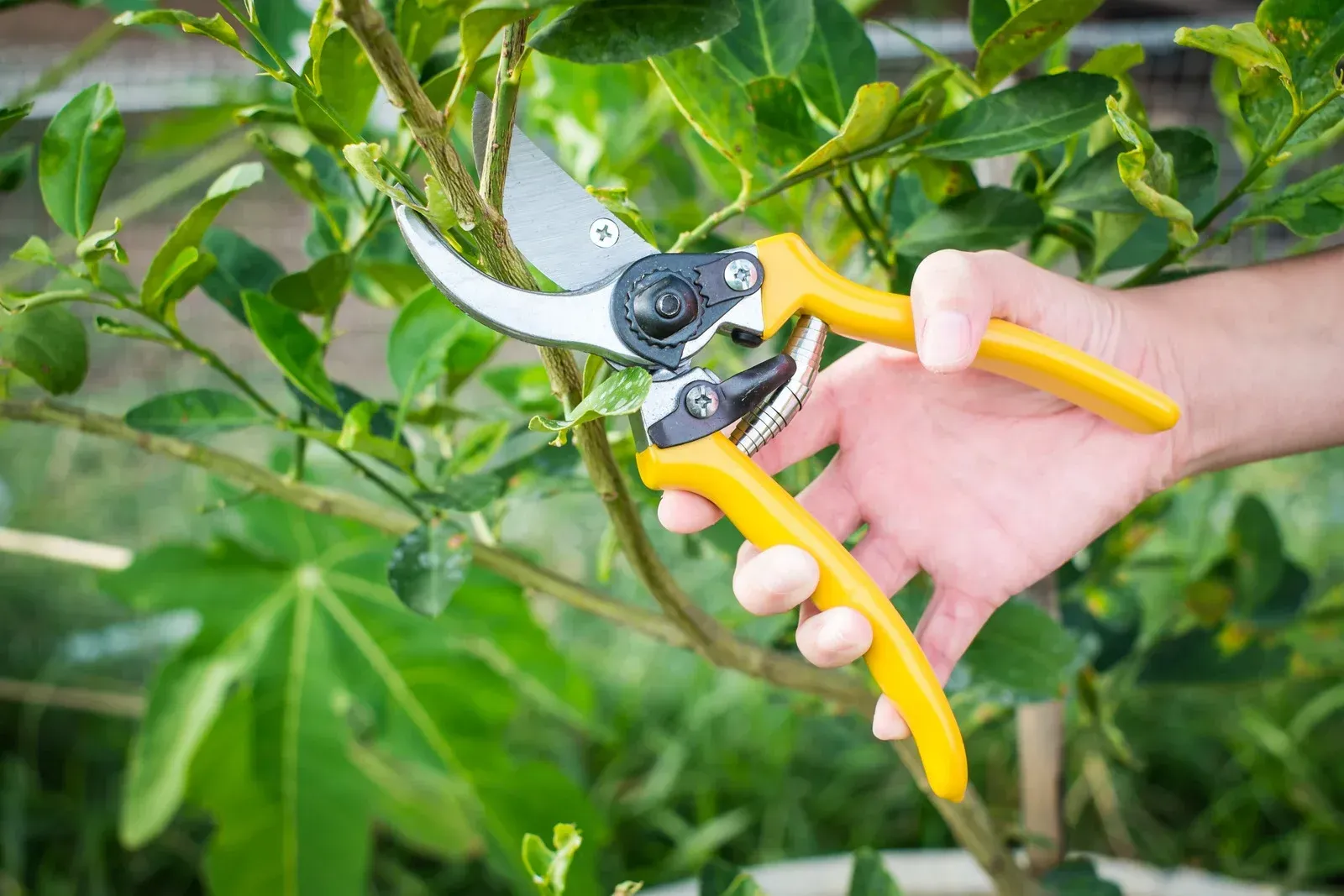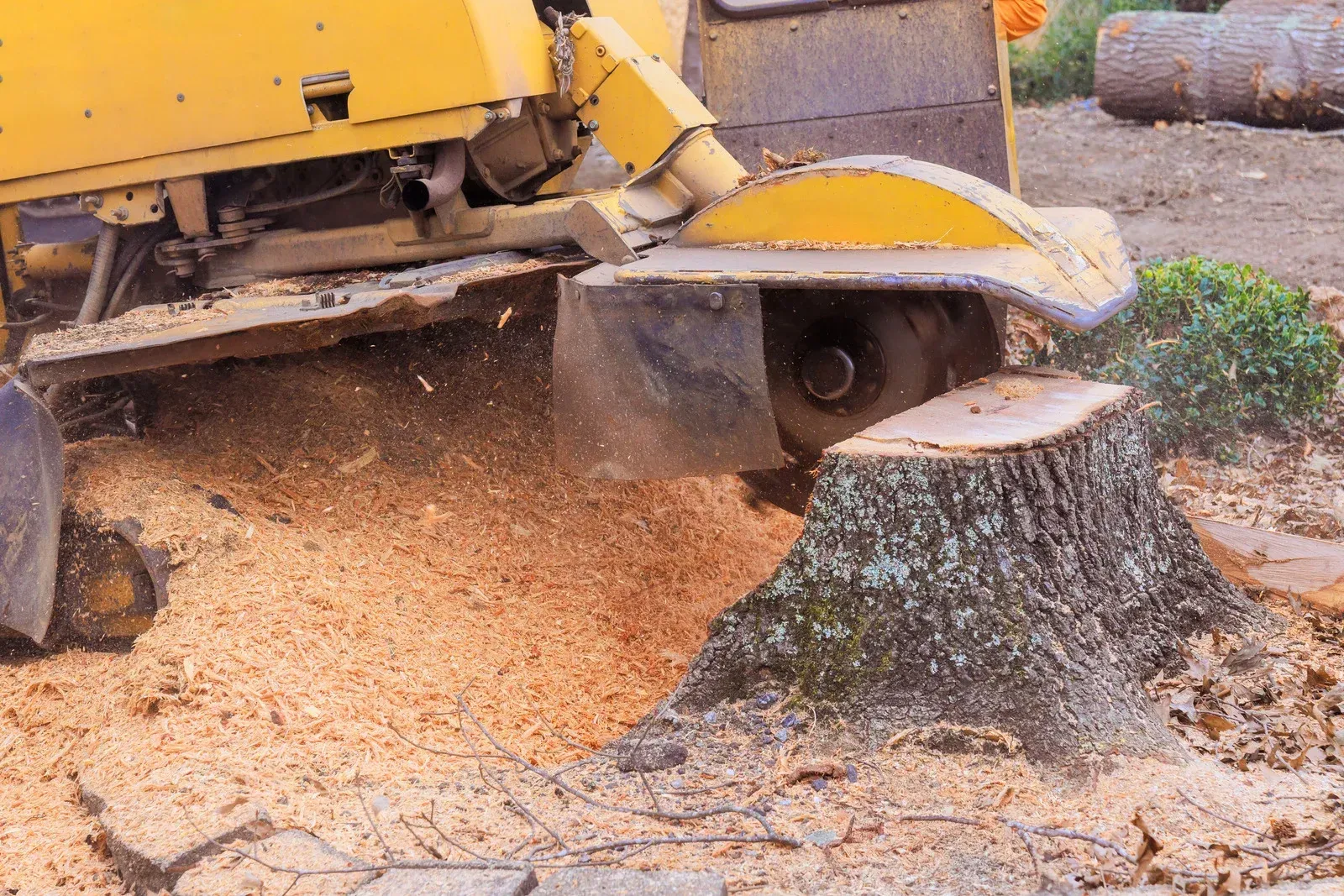How to Recognize When Your Trees or Shrubs Need Trimming or Pruning
Healthy trees and shrubs improve outdoor spaces. Without proper care, branches may grow too long, block sunlight, or become a safety risk. Weak or dead sections attract pests and spread disease. Overgrowth also affects nearby structures, making regular maintenance important.
Regular pruning supports strong growth and prevents potential hazards. Identifying problems early helps plants stay in great condition. Additionally, removing unwanted branches allows better airflow, reduces risk, and keeps landscapes looking neat. Recognizing common signs of overgrowth or damage helps maintain strong, attractive trees and shrubs.
Overgrown Branches
Extending branches may block driveways, pathways, or windows. Some sections lean toward rooftops, creating risks during storms. Overcrowding limits sunlight, slowing plant growth.
Trimming these parts prevents damage and keeps spaces clear. Maintaining the right size also improves appearance. Trees and shrubs need space to grow properly without interfering with their surroundings.
Dead or Diseased Sections
Dry, brittle, or discolored limbs weaken trees. Cracks, fungus, or peeling bark often indicate disease. Left untreated, these sections may spread illness to healthy parts.
Removing weak areas stops the problem from worsening. Strengthening overall structure allows healthier parts to thrive. Checking for damage regularly keeps plants strong and reduces risks.
Misshapen or Uneven Growth
Uneven development causes plants to lean or lose balance. Heavy sections weaken trunks and branches over time. Uncontrolled growth may create an untidy look.
Shaping trees improves structure and promotes stability. Pruning redirects energy toward healthier areas, encouraging even development. Balanced trees stand stronger against weather changes.
Branches Rubbing Against Each Other
Friction between limbs wears away bark. Exposed wood attracts pests and infections. Continued rubbing weakens branches, increasing the risk of breakage.
Pruning crowded areas prevents unnecessary harm. Removing one of the crossing sections stops further damage. What’s more, improving airflow reduces the chance of fungal infections.
Low-Hanging Branches
Storms, heavy winds, or excessive weight may cause sections to split. These weakened parts often fall unexpectedly, creating safety concerns. If left untrimmed, they may break during bad weather.
Removing damaged sections protects property and people. Strengthening tree structure helps prevent accidents. Inspecting trees after storms helps identify risks before they worsen.
Weak or Split Branches
Storms, heavy winds, or excessive weight may cause sections to split. These weakened parts often fall unexpectedly, creating safety concerns. If left untrimmed, they may break during bad weather.
Removing damaged sections protects property and people. Strengthening tree structure helps prevent accidents. Inspecting trees after storms helps identify risks before they worsen.
Poor Flower or Leaf Growth
Fewer flowers or leaves suggest overcrowding. Dense branches prevent nutrients from reaching important areas. Weak growth signals the need for corrective pruning. Thinning heavy sections allows better light exposure. Healthier plants produce fuller blooms and stronger foliage. Proper spacing supports natural development.
Recognizing early warning signs helps maintain safe, attractive trees and shrubs. Removing weak, damaged, or overgrown branches improves structure and growth. Also,
regular trimming prevents hazards and keeps outdoor spaces looking great. Simple maintenance makes a big difference in plant health and safety.





